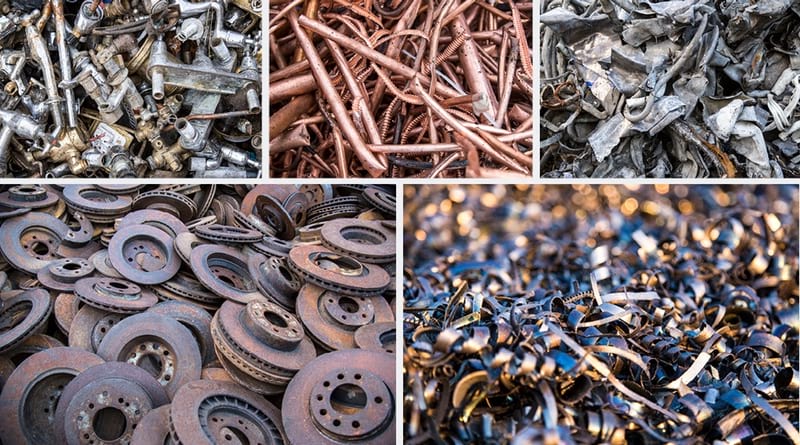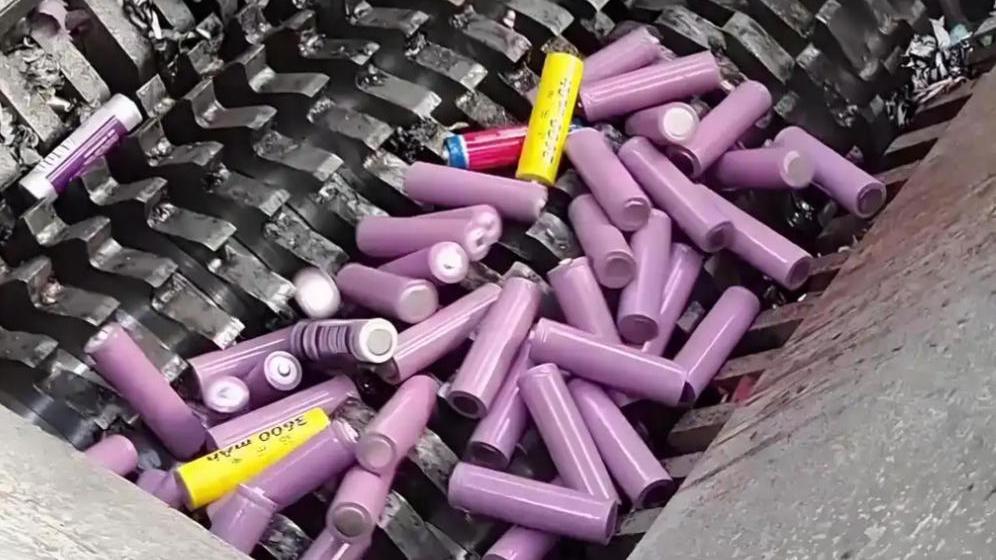Properly starting a plastic crusher is crucial to ensure safe and efficient operation. This guide provides a step-by-step approach to setting up and starting a crusher machine while ensuring the correct power connection and rotational direction.
Preparing for Startup
Before turning on the crusher machine, ensure that all necessary safety checks are completed. Follow these steps:
- Inspect the Machine – Check for any loose components or foreign objects inside the crushing chamber.
- Verify Power Supply – Ensure that the power supply matches the voltage and frequency requirements of the plastic crusher.
- Secure the Installation – The crusher machine should be placed on a stable surface to prevent vibrations or movement during operation.
Correct Wiring Connection
To correctly connect the power supply:
- Open the electrical junction box on the crusher machine.
- Insert the power cable through the designated entry point.
- Connect the wires securely according to the wiring diagram provided with the machine.
- Tighten all electrical connections to prevent loose wiring.
- Connect the other end of the power cable to the power source.
Starting the Crusher Machine
Once the wiring is complete, follow these steps to start the plastic crusher safely:
- Turn on the power – Switch on the power supply and ensure there are no unusual sounds or sparks.
- Check the Rotation Direction – Start the crusher machine and observe the blade rotation. It should match the direction indicated on the machine.
- Adjust Wiring if Necessary – If the rotation is incorrect, turn off the power, switch any two phase wires, and restart the machine.
- Final Inspection – Once the correct rotation is confirmed, check all settings and ensure the machine is ready for use.
Ensuring Proper Crusher Use
To maximize the lifespan and efficiency of the plastic crusher, consider the following:
- Do not overload the machine – Avoid feeding excessive material at once.
- Regular maintenance – Clean and inspect the blades periodically.
- Monitor performance – Listen for unusual noises or vibrations that may indicate issues.
For a detailed demonstration, please refer to the video tutorial . If you have any questions, feel free to contact us for assistance!



